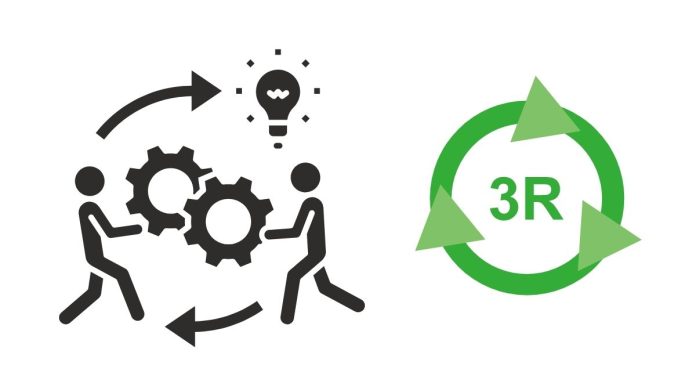In R, the functions apply(), lapply(), sapply(), and tapply() are all used for applying functions over data structures, but they differ in terms of their input types and outputs. Here’s a breakdown of each function:
1. apply()
- Purpose: Apply a function to the margins (rows or columns) of a matrix or an array.
- Usage:
apply(X, MARGIN, FUN, ...)X: The matrix or array you want to apply the function to.MARGIN: The margin over which the function is applied:1for rows.2for columns.
FUN: The function to apply....: Additional arguments for the function.
- Example:
mat <- matrix(1:9, nrow = 3) apply(mat, 1, sum) # Sum of each row apply(mat, 2, mean) # Mean of each column
2. lapply()
- Purpose: Apply a function to each element of a list (or vector) and return a list.
- Usage:
lapply(X, FUN, ...)X: A list or vector.FUN: The function to apply....: Additional arguments for the function.
- Example:
my_list <- list(a = 1:3, b = 4:6) lapply(my_list, sum) # Apply sum function to each element - Note:
lapply()always returns a list, even if the result is a simple object (e.g., a numeric value).
3. sapply()
- Purpose: Similar to
lapply(), but attempts to simplify the result into a vector, matrix, or array. - Usage:
sapply(X, FUN, ...)X: A list or vector.FUN: The function to apply....: Additional arguments for the function.
- Example:
my_list <- list(a = 1:3, b = 4:6) sapply(my_list, sum) # Apply sum and simplify result to a vector - Note:
sapply()tries to simplify the output to the most compact structure (e.g., a vector, matrix), depending on the results of applying the function.
4. tapply()
- Purpose: Apply a function to subsets of a vector, where the subsets are defined by a factor or grouping variable.
- Usage:
tapply(X, INDEX, FUN, ...)X: The vector to which the function is applied.INDEX: A factor (or a list of factors) that defines the groups or subsets.FUN: The function to apply to each subset....: Additional arguments for the function.
- Example:
data <- c(1, 2, 3, 4, 5, 6) group <- factor(c("A", "A", "B", "B", "C", "C")) tapply(data, group, sum) # Apply sum function by groups A, B, and C
Summary of Differences:
apply(): Applies a function to rows or columns of a matrix or array.lapply(): Applies a function to each element of a list and returns a list.sapply(): Applies a function to each element of a list and attempts to simplify the result to a vector or matrix.tapply(): Applies a function to subsets of a vector, defined by a factor or grouping variable.
Each of these functions is useful in different contexts depending on the data structure you’re working with and the type of result you expect.


